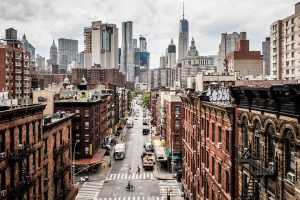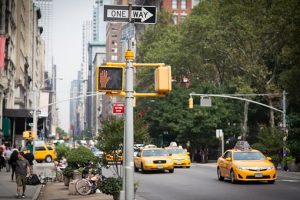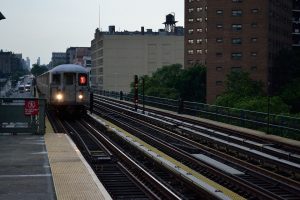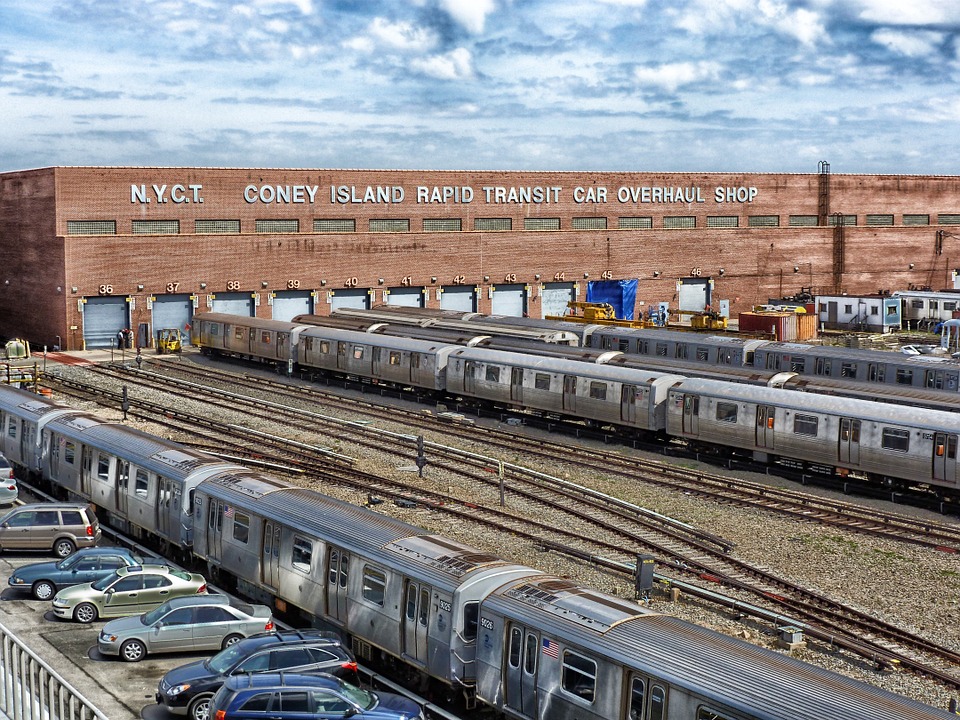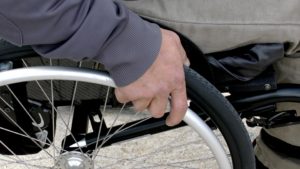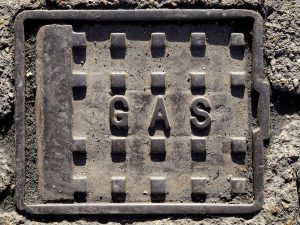
If approved by the New York City Council, the Dangerous Vehicle Abatement Program will potentially put an end to dangerous motorists. Any vehicle that gets at 15 local speed camera tickets or five red light camera tickets within the space of the year will be penalized by having to sign up for a driver safety course. Failing to do so will result in their vehicle being impounded.
Currently, drivers who receive automated camera tickets do not thereafter get points on their license. With this Bill, increased accountability will be put in place. According to sponsor of the Bill, Council Brad Lander:
“We’ve done a lot of work to try to address the carnage that were too often see on our streets. We’re focusing on the most reckless drivers based on this camera data that we have. Nobody else in the country is doing it and the responsibility to do it in a smart way that works is high. I’d like to say let’s take everybody’s car away and then no one would get killed in traffic crashes. We hit the spot we believe that the program can be and will be run effectively.”
New York has long been an area where laws are implemented to enhance driver, passenger and pedestrian safety. For example, in 2001 New York was the first state to outlaw the use of cellphones while driving. But with constant fluctuations in infrastructure, building works and mass congestion there are always issues with keeping New Yorkers on the road safe. This new Bill could make some dents in that issue.
